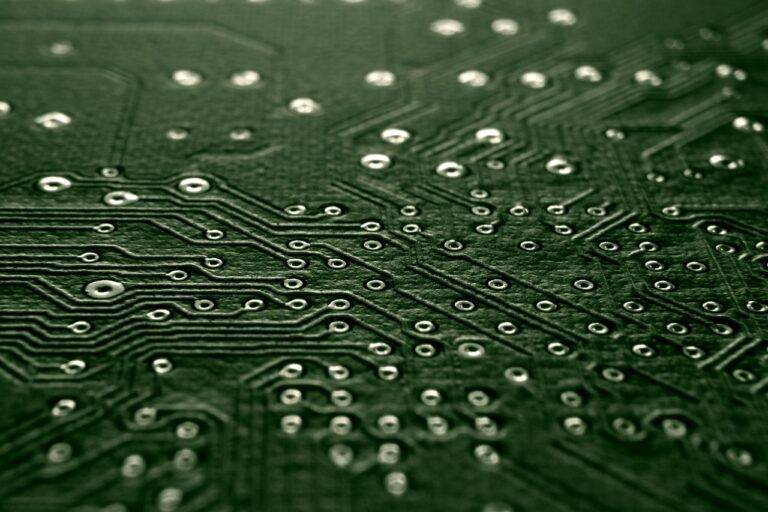Exploring the Role of AI in Wildlife Trafficking Supply Chain Disruption
Artificial intelligence (AI) is revolutionizing the fight against wildlife trafficking by enhancing monitoring and detection capabilities. By analyzing vast amounts of data from various sources, AI can identify patterns and predict potential incidents, enabling law enforcement agencies to intervene proactively. Additionally, AI-powered image recognition technology plays a crucial role in identifying illegal wildlife products in transit, making it easier to intercept shipments and apprehend traffickers.
The integration of AI in anti-trafficking efforts also offers opportunities for collaboration between organizations and governments on a global scale. With real-time monitoring and analysis capabilities, authorities can respond swiftly to emerging wildlife trafficking hotspots and tailor enforcement strategies accordingly. Moreover, the use of AI in tracking financial transactions associated with wildlife crime helps unravel complex networks of organized crime syndicates involved in the illicit trade, ultimately disrupting their operations.
Understanding the Supply Chain of Wildlife Trafficking
Wildlife trafficking is a complex and lucrative illegal industry that spans the globe, involving various interconnected actors at every stage of the supply chain. Starting at the source, poachers often target endangered species in the wild, driven by the demand for exotic pets, traditional medicines, and luxury goods in black markets around the world. These poachers utilize sophisticated techniques to evade law enforcement and swiftly transport their illicit goods to middlemen.
Middlemen play a crucial role in the supply chain, acting as intermediaries between poachers and the end buyers. They provide a crucial link by facilitating the transportation, storage, and distribution of trafficked wildlife products. These individuals often operate in the shadows, using their networks and connections to move illicit goods across borders and into the hands of buyers, all while exploiting the lack of stringent regulations and enforcement mechanisms in many regions.
How does artificial intelligence impact wildlife trafficking?
Artificial intelligence can be used to analyze large amounts of data to identify patterns and trends in wildlife trafficking, helping law enforcement agencies target and disrupt criminal networks.
What is the supply chain of wildlife trafficking?
The supply chain of wildlife trafficking typically involves poachers who capture or kill endangered species, middlemen who transport the wildlife, and buyers who sell the products on the black market.
How can understanding the supply chain of wildlife trafficking help in combating this illegal trade?
By understanding the supply chain of wildlife trafficking, authorities can target key points in the network to disrupt the flow of illegal wildlife products and apprehend those involved in the trade.





